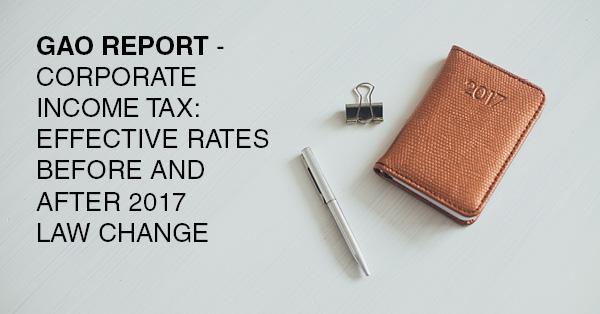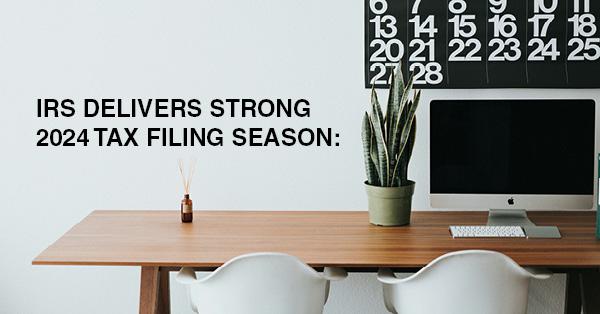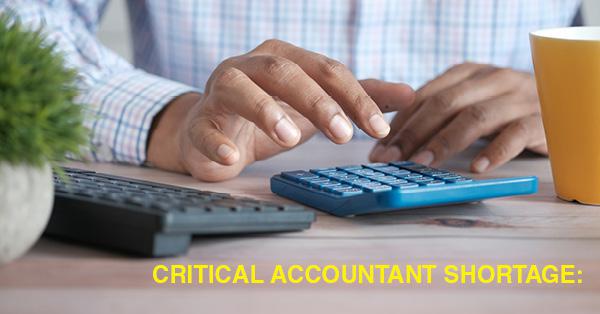GAO REPORT - CORPORATE INCOME TAX: EFFECTIVE RATES BEFORE AND AFTER 2017 LAW CHANGE:

This report describes what share of large corporations pay income tax in each year between 2014 and 2018, and the average effective tax rates paid by those corporations. Further, this report describes changes to corporate tax treatment following the Tax Cuts and Jobs Act of 2017, and how those changes may have affected the average effective tax rates of U.S. corporations.
"Fast Facts
Each year from 2014-2018, about half of large corporations and a quarter of profitable ones didn't owe federal taxes. For example, profitable corporations may not owe taxes due to prior years' losses.
Average effective tax rates—the percentage of income paid after tax breaks—among profitable large corporations fell from 16% in 2014 to 9% in 2018.
A 2017 tax law lowered the top corporate rate from 35 to 21%, but other provisions altered effective tax rates in more complicated ways. For instance, changes to the way foreign income is recognized created tax liability from income not previously taxed under U.S. law, but often at reduced rates.
What GAO Found
In each year from 2014 to 2018, about half of all large corporations had no federal income tax liability. For the purposes of this report, GAO considers “large corporations” to be those that filed Internal Revenue Service (IRS) Schedule M-3. This form is required for corporations with $10 million or more in assets. Among profitable large corporations, on average, 25 percent had no tax liability. Corporations may have no federal income tax liability for a number of reasons. For example, not all corporations are profitable in any given year or may have losses or credits from other years that can be used to offset current-year tax liabilities. Among large corporations, from 2014 through 2018, an average of approximately 44 percent reported a loss in a given year.”




